How to store camping gear you may ask? When it comes to camping, having the right gear is essential for a successful trip. But what do you do with all that gear when you’re not out exploring the great outdoors? Properly storing your camping gear is crucial to ensure its longevity and functionality for future adventures.
In this article, I will guide you through the process of storing your camping gear, from choosing the right storage containers to organizing and maintaining your equipment.
Choosing the Right Storage Containers

Durable and Waterproof Containers
When it comes to storing camping gear, durability and waterproofing are key. Opt for storage containers made from sturdy materials such as plastic or metal that can withstand rough handling and protect your gear from moisture. Look for containers with tight-fitting lids or gaskets to keep out water and pests.
Clear Containers for Easy Visibility
Clear storage containers are a great choice for storing camping gear as they allow you to easily see what’s inside without having to open each container. This makes it much easier to locate specific items when you’re preparing for your next camping trip.
Stackable Containers for Efficient Storage
Maximize your storage space by choosing stackable containers. These containers allow you to neatly stack them on top of each other, making the most of vertical space in your storage area. Look for containers with interlocking lids or grooves to ensure stability when stacked.
Organizing Your Camping Gear
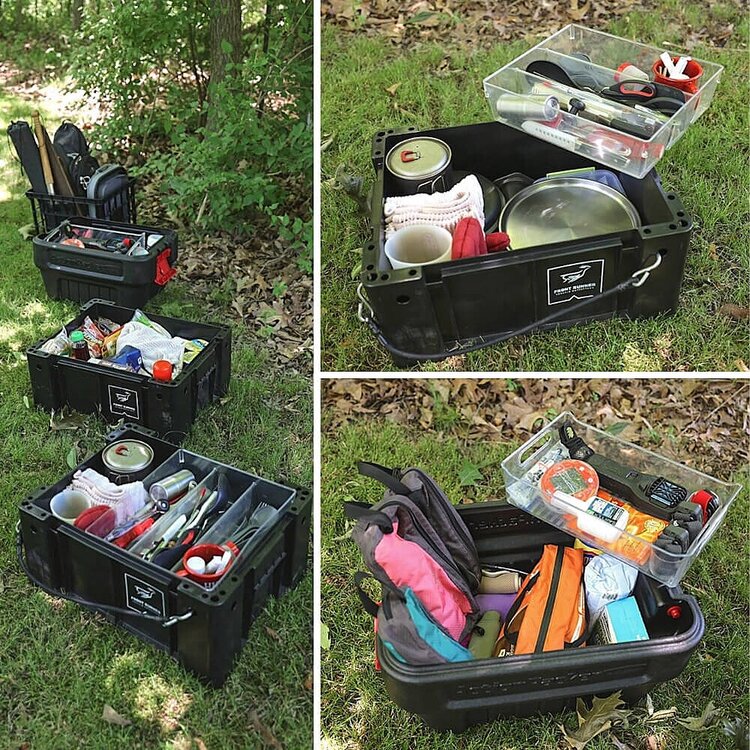
Categorize Your Gear
Before storing your camping gear, it’s important to categorize it. Group similar items together, such as cooking equipment, sleeping bags, tents, and camping clothes. This will make it easier to find what you need when you’re packing for your next trip.
Use Labels or Color Coding
Labeling your storage containers or using color-coded stickers can further enhance organization. Clearly label each container with its contents or use different colored stickers to represent different categories. This will save you time and effort when searching for specific items.
Create a System for Easy Access
When storing your camping gear, consider the frequency of use for each item. Place frequently used items in easily accessible containers or at the front of your storage area. This will save you from having to dig through multiple containers to find what you need.
Cleaning and Drying Your Gear

Remove Dirt and Debris
Before storing your camping gear, it’s important to clean off any dirt, mud, or debris. Use a brush or damp cloth to remove dirt from tents, sleeping bags, and cooking equipment. This will prevent dirt from accumulating and potentially damaging your gear during storage.
Air Dry Your Gear
Properly drying your camping gear is crucial to prevent mold and mildew growth. After cleaning, allow your gear to air dry completely before storing it. Hang up tents and sleeping bags in a well-ventilated area or use a clothesline. Ensure that all cooking equipment is thoroughly dry before storing to prevent rust.
Properly Clean Cooking Equipment
Cooking equipment, such as pots, pans, and utensils, should be thoroughly cleaned before storage. Use warm soapy water and a sponge to remove any food residue. Make sure to dry them completely to prevent the growth of bacteria or mold. Store cooking utensils in a separate container to keep them organized and easily accessible.
Storing Sleeping Bags and Tents
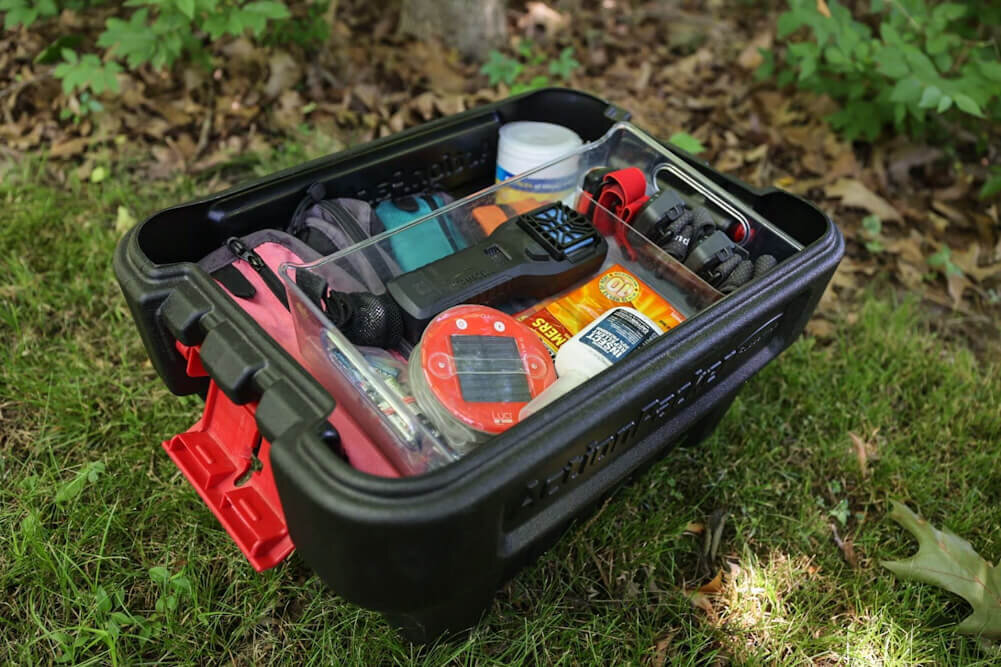
Loosely Roll Sleeping Bags
When storing sleeping bags, avoid folding them tightly as this can damage the insulation. Instead, loosely roll them up and secure them with straps or ties. This will help maintain the loft and extend the lifespan of your sleeping bags.
Store Sleeping Bags in Breathable Bags
It’s important to store sleeping bags in breathable bags to prevent moisture buildup. Avoid using plastic bags, as they can trap moisture and lead to mold or mildew growth. Instead, use cotton or mesh storage bags that allow air circulation.
Properly Fold and Store Tents
When it comes to storing tents, proper folding is key. Start by removing any dirt or debris from the tent. Then, fold it loosely and avoid creasing the fabric. Store the tent in a dry and cool place to prevent damage from moisture or extreme temperatures. Consider using a storage bag specifically designed for tents to protect them from dust and pests.
Storing Cooking Equipment

Clean and Dry Cooking Utensils
Before storing cooking utensils, ensure they are clean and dry. Remove any food residue and dry them thoroughly to prevent rust. Store utensils in a separate container to keep them organized and easily accessible when you need them for your next camping trip.
Store in Airtight Containers
To protect your cooking equipment from moisture and pests, store them in airtight containers. This will help maintain their quality and prevent any damage during storage. Consider using plastic or metal containers with tight-fitting lids to ensure a secure seal.
Keep Sharp Objects Separate
When storing camping gear, it’s important to keep sharp objects, such as knives or scissors, separate from other items. Store them in a designated container or wrap them in a protective covering to prevent accidents and damage to other gear.
Storing Camping Clothes
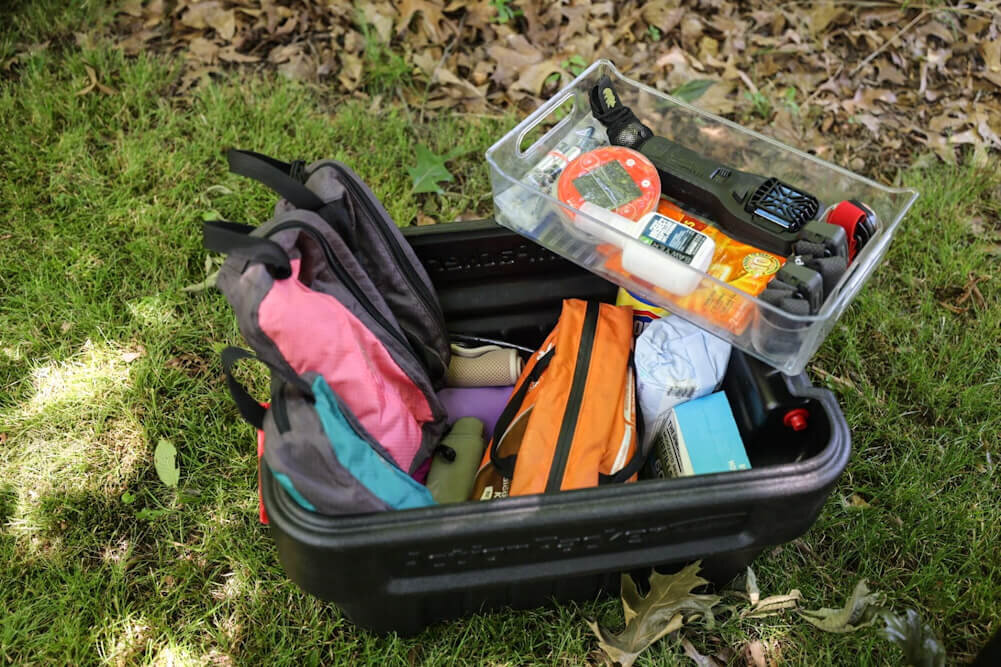
Wash and Dry Clothes Before Storing
Before storing camping clothes, make sure they are clean and dry. Washing and drying them will help remove any dirt, sweat, or odors that may attract pests. Ensure that all clothes are completely dry to prevent mold or mildew growth during storage.
Use Vacuum-Sealed Bags
Maximize storage space and protect your camping clothes by using vacuum-sealed bags. These bags remove excess air, reducing the size of your clothes and preventing them from taking up unnecessary space. Vacuum-sealed bags also provide an extra layer of protection against moisture and pests.
Store in a Cool, Dry Place
When storing camping clothes, choose a cool and dry place to prevent damage from humidity or extreme temperatures. Avoid storing clothes in basements or attics, as these areas are prone to moisture and temperature fluctuations. Instead, opt for a closet or storage area inside your home.
Storing Camping Accessories
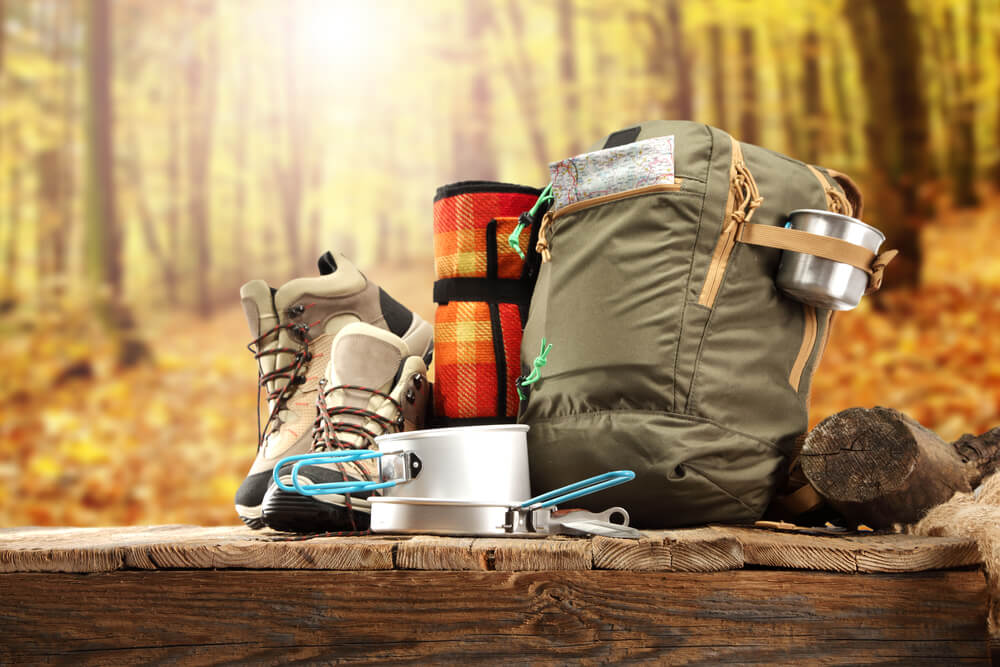
Keep Small Accessories in Labeled Containers
Small camping accessories, such as headlamps, compasses, or matches, can easily get lost if not properly organized. Keep them in labeled containers or small pouches to ensure they are easily accessible when needed. Labeling the containers will save you time and effort when searching for specific items.
Store Batteries Separately
When storing camping accessories that require batteries, it’s important to remove the batteries before storage. This will prevent corrosion and potential damage to the accessories. Store batteries in a separate container or use a battery organizer to keep them organized and easily accessible.
Protect Fragile Items with Padding
If you have any fragile camping accessories, such as binoculars or cameras, it’s important to protect them from damage during storage. Wrap them in soft padding, such as bubble wrap or towels, and store them in a sturdy container. This will help prevent any accidental bumps or falls that could lead to damage.
Properly Storing Food and Drinks
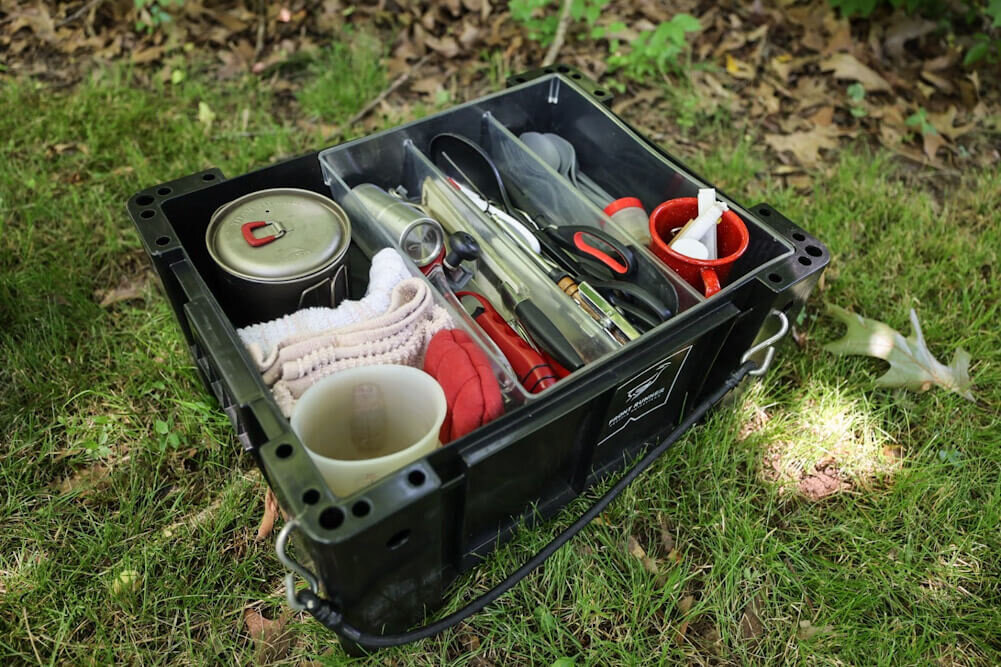
Remove Perishable Items
Before storing your camping gear, make sure to remove any perishable food items. Perishable items can spoil and attract pests, leading to unpleasant odors and potential damage to your gear. Dispose of any leftover food properly to maintain a clean and pest-free storage area.
Seal Non-Perishable Food in Airtight Containers
If you have non-perishable food items that you plan to store with your camping gear, ensure they are properly sealed in airtight containers. This will help maintain their freshness and prevent any odors from permeating your gear. Consider using plastic or metal containers with tight-fitting lids for optimal storage.
Store Drinks in a Cooler with Ice Packs
If you have any drinks that you plan to store with your camping gear, it’s important to keep them cool and fresh. Use a cooler with ice packs to maintain the temperature and prevent spoilage. Make sure the cooler is clean and dry before storing it to avoid any mold or mildew growth.
Regular Maintenance and Inspection
Check for Any Damage or Wear
Regularly inspect your camping gear for any signs of damage or wear. Check for tears, holes, or broken parts that may need repair or replacement. Addressing any issues promptly will help extend the lifespan of your gear and ensure its functionality for future camping trips.
Replace or Repair Damaged Gear
If you come across any damaged gear during your inspection, take the necessary steps to repair or replace it. Repairing minor tears or replacing broken parts can save you money and prevent further damage. However, if the gear is beyond repair, it’s important to invest in new equipment to ensure your safety and comfort during your camping adventures.
Inspect for Pests or Mold
During your regular maintenance routine, inspect your camping gear for any signs of pests or mold. Look for droppings, chewed fabric, or musty odors that may indicate the presence of pests or mold. If you notice any signs, take appropriate measures to eliminate pests or treat mold before storing your gear.
Conclusion on how to store camping gear
Properly storing your camping gear is essential for its longevity and functionality. By choosing the right storage containers, organizing your gear, cleaning and drying it properly, and regularly maintaining and inspecting your equipment, you can ensure that your camping gear is always ready for your next adventure.
Follow the tips and guidelines provided in this article, and you’ll be well on your way to storing your camping gear like a pro.
FAQs
Where do people store camping gear?
A dry storage location is always ideal for camping gear. Garages may have more room, but they can be damp so storing inside your home in a basement, closet, crawl space or even attic may be more ideal. Basements can also be damp, so, if possible, using a dehumidifier will help keep your camping gear in good standing.
How do you organize camping gear?
10 CAMPING STORAGE IDEAS FOR YOUR NEXT EXPENDITURE 1. Pack Intentionally. 2. Pack Multipurpose Items. 3. Use Compression Bags. 4. Use See-Through Plastic Bin Bags. 5. Use Plastic Drawer Organizers. 6. Repurpose Old Household Items. 7. Use A Shoe Organizer. 8. Keep Scented Items Together.
How do you store camping gear in a small apartment?
1. Identify and Create a Dedicated Storage Space. You have to get creative when creating gear storage space out of thin air. 2. Make Your Gear Your Decor. 3. Get Creative with Dead Space. 4. Bins, Bins, Bins. 5. Separate Gear Storage by Activity. 6. Use Gear to Store Gear. 7. Keep It Fresh!
How do I organize my camping gear in my garage?
Add hooks on the wall for hiking poles, backpacks, life jackets, helmets, chairs, or for whatever needs hanging. Hooks in the garage is a great way to store wet gear that you don’t want in the house yet. Perfect for life jackets, waders, wet rain gear, etc.
Originally posted 2023-10-31 03:01:42.
